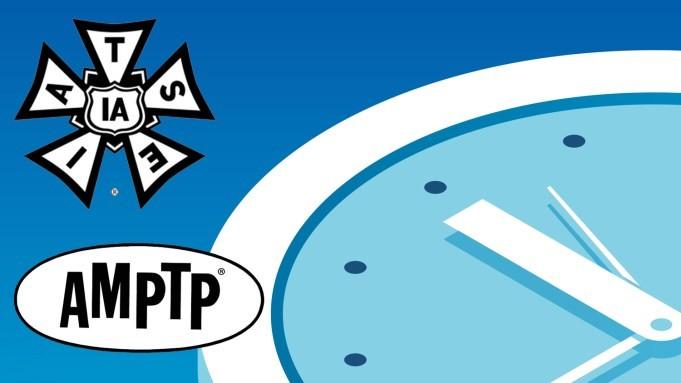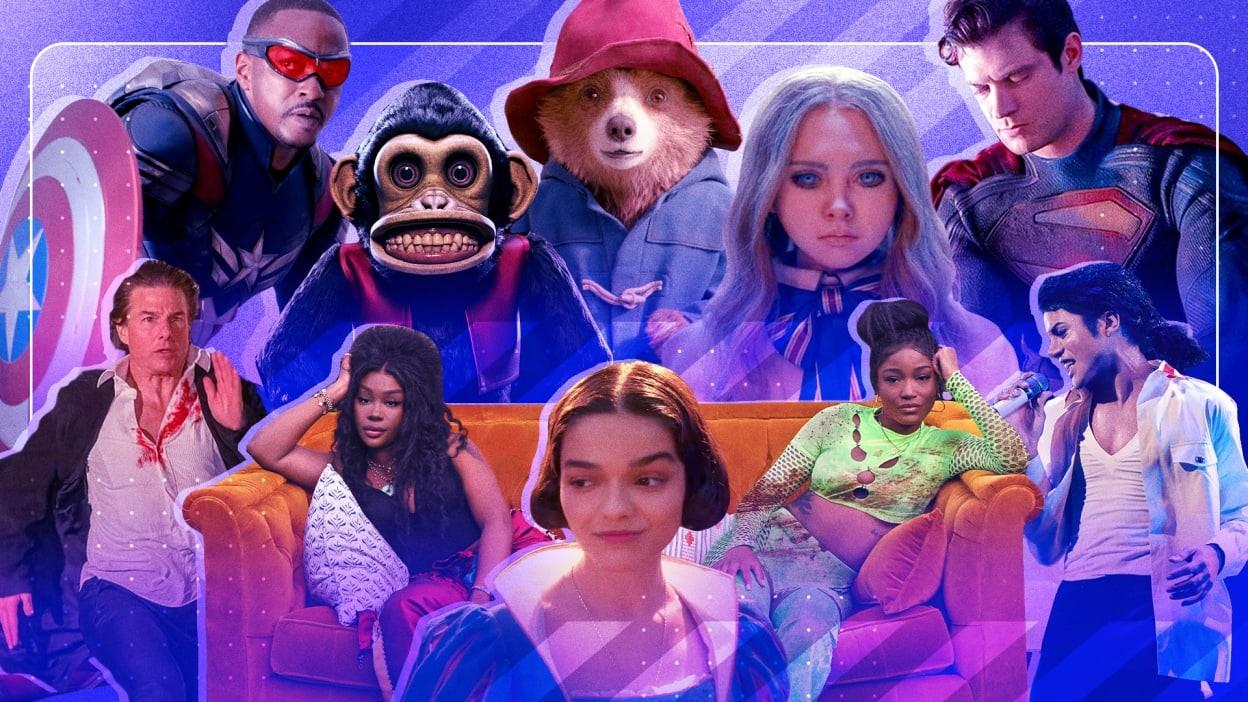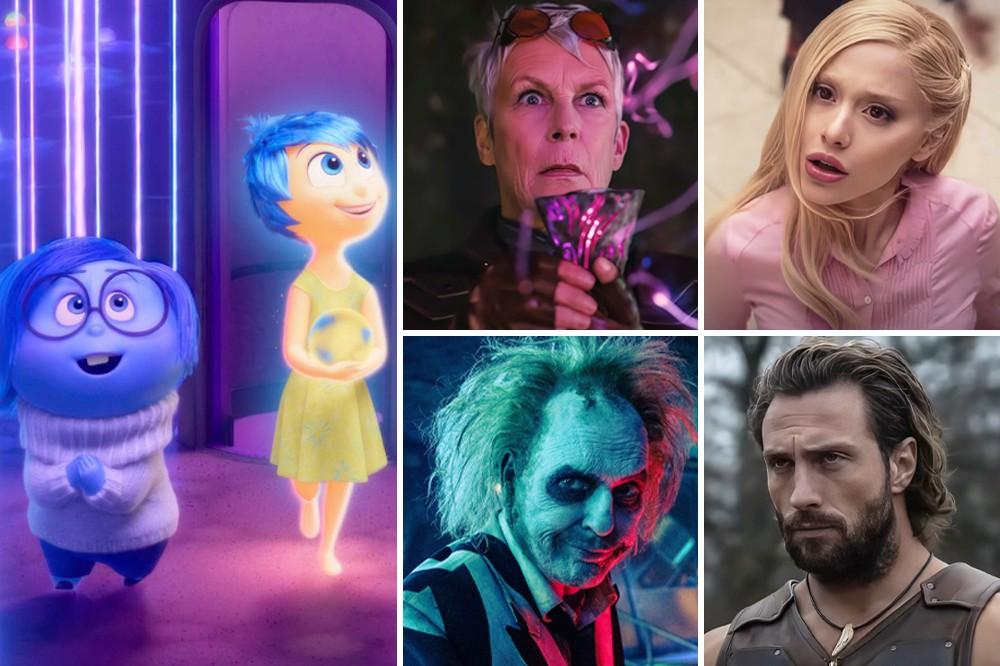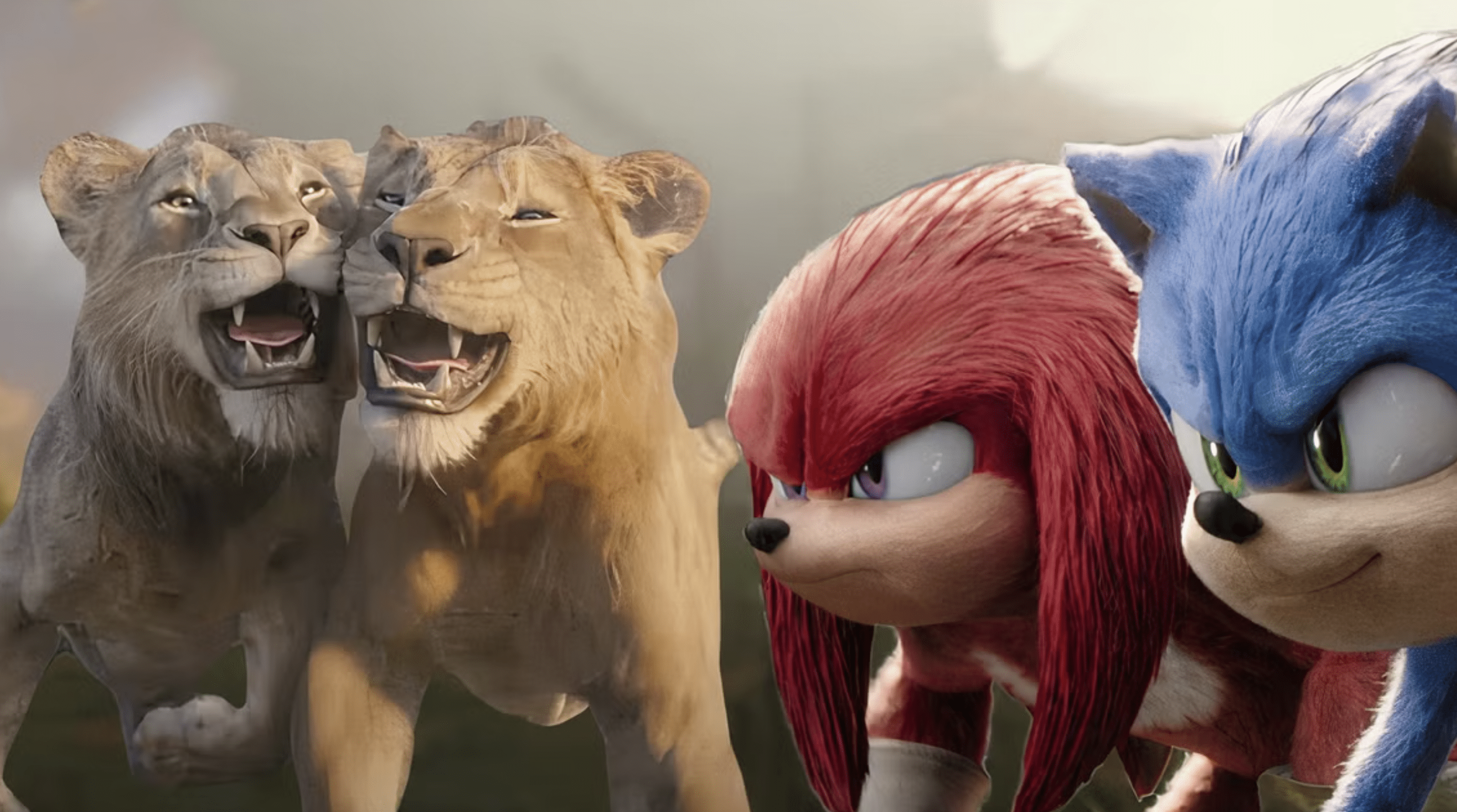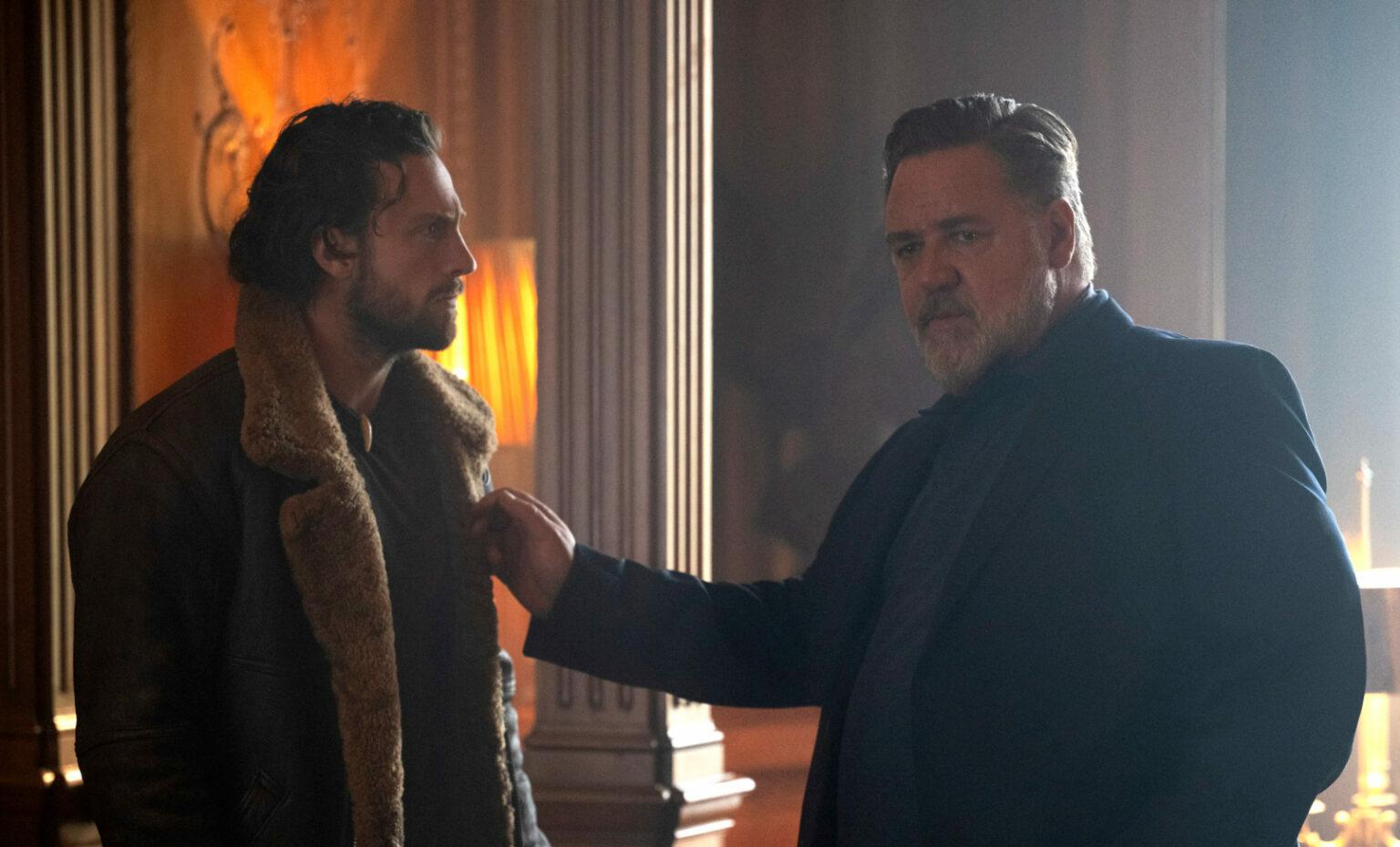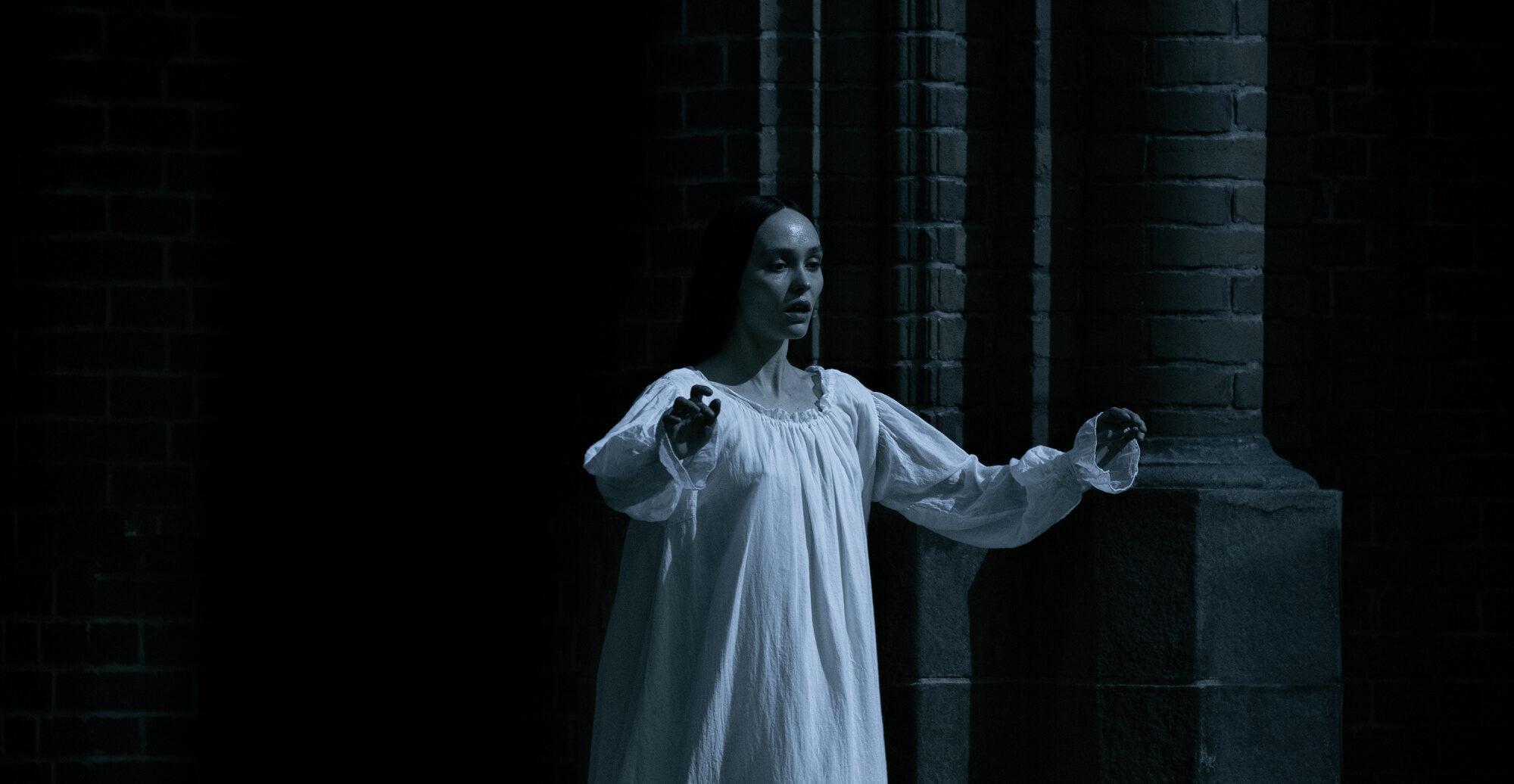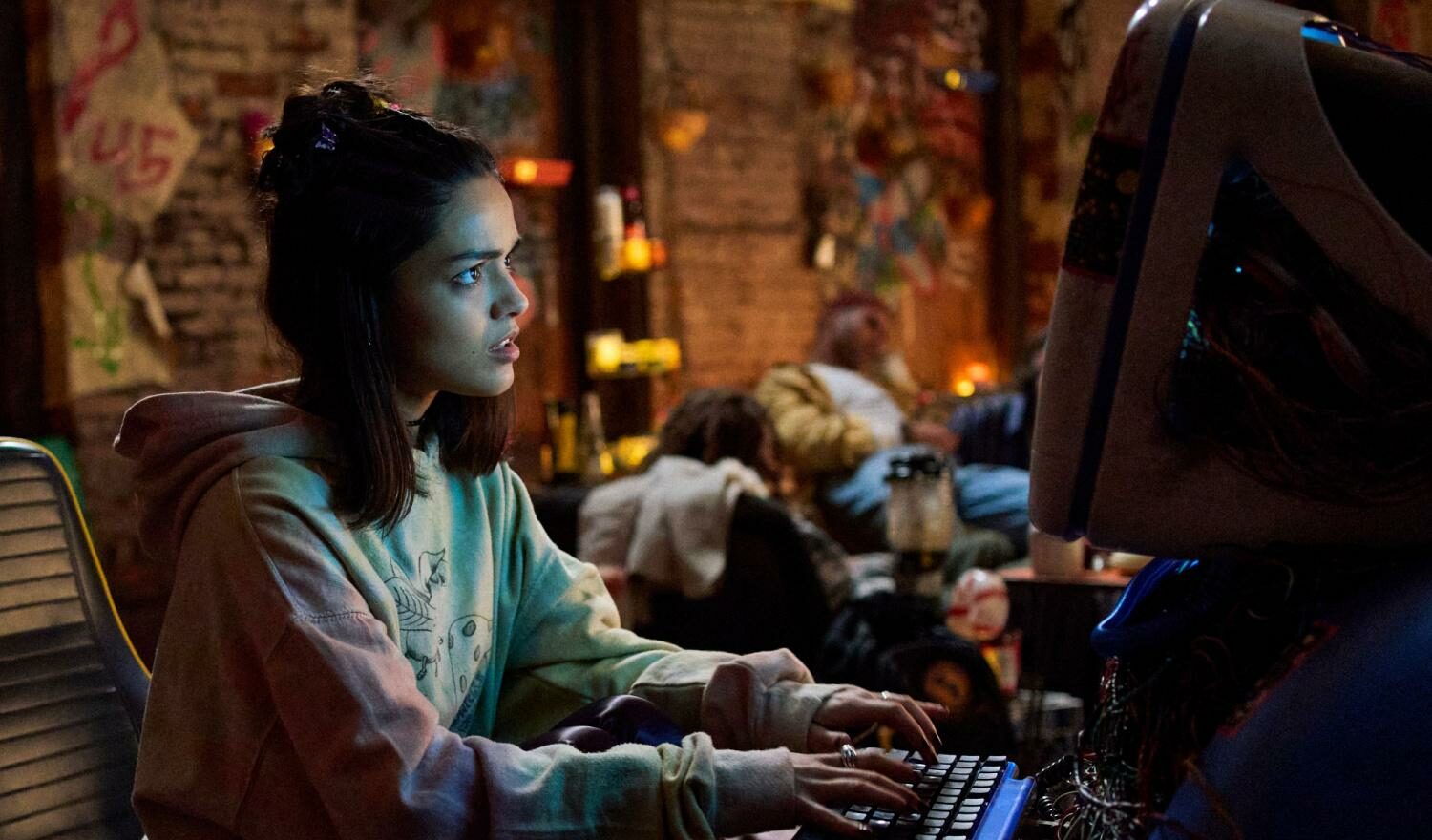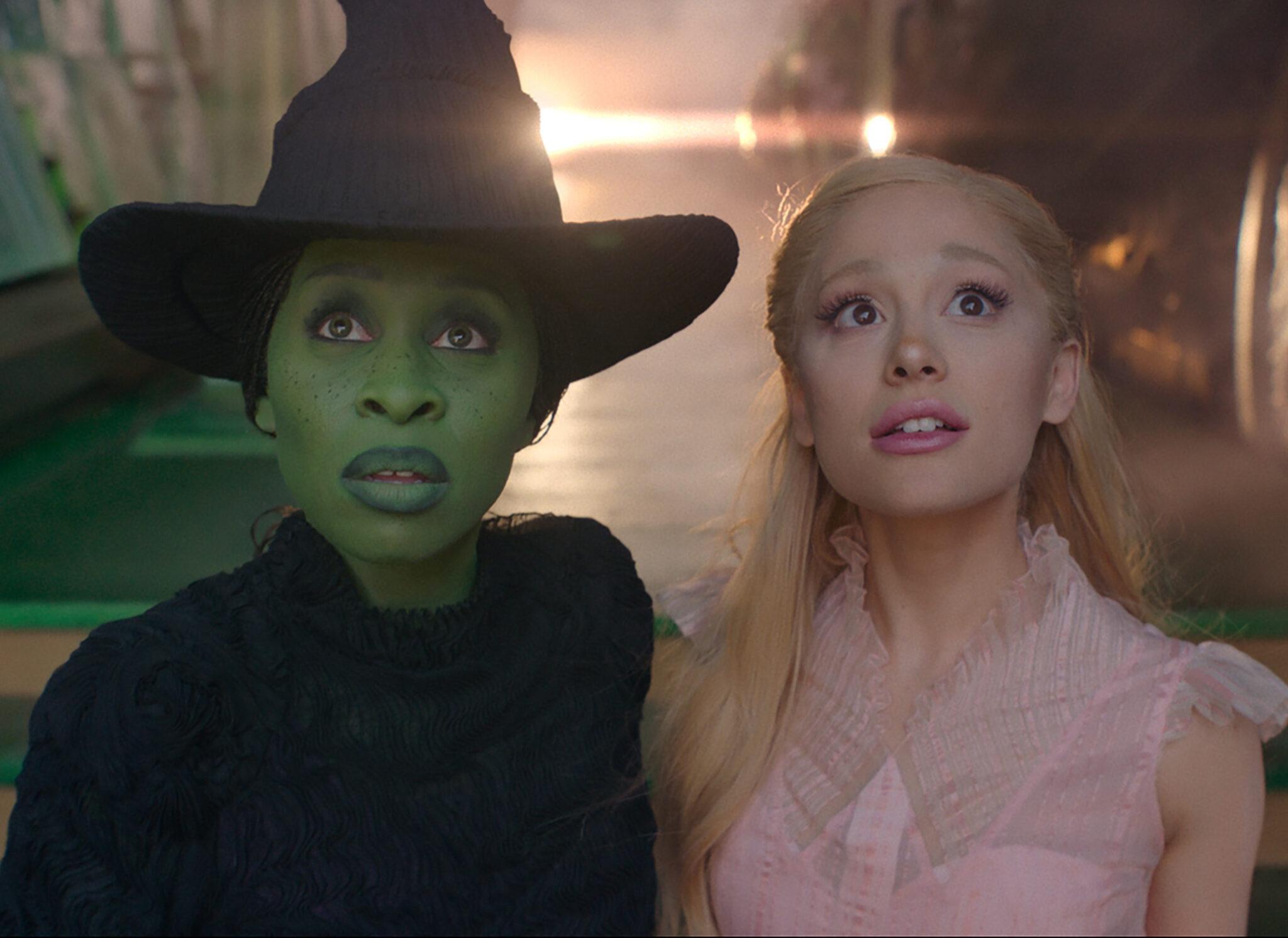VERDICT: Not much here that the earlier two films didn’t already establish more effectively; its only depth comes from Lupita Nyong’o’s intuitive lead performance.
When a novel terror entertainment scenario resets and repeats itself a third time, the attraction lies in familiar destruction. Hence, there’s no small amount of 9/11 exploitation in A Quiet Place: Day One, as we see noise-triggered aliens land in Manhattan, dealing death and mayhem as soot-covered humans stagger their way through the sudden, shocking chaos.
Once that soot subsides, we’re left mostly with a horror prequel in which new characters figure out the rules of sneaking around these aliens, rules that anyone who has seen the two previous Quiet Place movies knows all too well by now. What Day One has to offer can be found mainly in the countenance of Lupita Nyong’o, a survivor who catches on quickly that the only way to stay alive is to remain as silent as possible.
Nyong’o stars as Samira, the youngest (by decades) resident of a hospice facility, grimly awaiting her imminent death from a never-named terminal illness. She agrees to tag along on a group field trip into the city only so she can get some pizza, but the invading aliens have other plans, crash-landing and obliterating anyone or anything that makes a sound. Accompanied by her beloved pet cat — like all cats, this one does exactly as it pleases, apocalypse or no apocalypse — she attempts to make her way to her old apartment for what she realizes will be her final days.
She gets saddled with British graduate student Eric (Joseph Quinn, Stranger Things), who’s nearly catatonic when Samira first meets him. (To be fair, he’s just emerged from a completely underwater subway stop.) He proves to be resourceful along the way, scouring an abandoned pharmacy for Samira’s much-needed pain meds, but that darn cat nearly gets him killed at least once. (The script by director Michael Sarnoski takes the notion of “saving the cat” to almost satirical lengths.)
The original A Quiet Place was a high-concept B-movie that brilliantly exhausted its sole gimmick, the idea of a family surviving the post-apocalypse of an alien invasion by staying — in the immortal words of Elmer Fudd — vewwy, vewwy quiet. In an era where film audiences can’t necessarily be trusted to turn off their phones or to refrain from talking, the movie turned crowded theaters into riveted silence so still you could hear popcorn drop. Maybe the script’s logic fell apart when you discussed it on the drive home, but the viewing experience was a collective holding of breath.
But now we’re on a second sequel, and suspense has long left the equation. Sarnoski finds memorable little moments along the way — children hiding inside a multi-level fountain, obscured by the sound of the water; Manhattan plunged into darkness, lit only by occasional flashes of lightning — even as most of the thrills (including the blatant jumpscares) feel tired. The series has decided to rely on its favorite trope — “Oh no, I made a noise!” — and the rest is monsters and destruction. The pleasurable jolt of a silent scare has given way to predictability.
Sarnoski has also wisely cast Nyong’o, a magnetic actor whose physically intuitive performance makes dialogue mostly irrelevant; her eyes, her face, even her nuzzles with the cat communicate everything there is to know about this woman and her extraordinary circumstances. Her back-and-forth with Quinn is prickly before it’s compassionate, and the film wisely eschews any kind of romance between the two, given everything else that’s happening all around them.
The Quiet Place movies have worked the original gimmick past the point of its effectiveness. If anyone’s pitching another sequel, silence would be the proper response.



